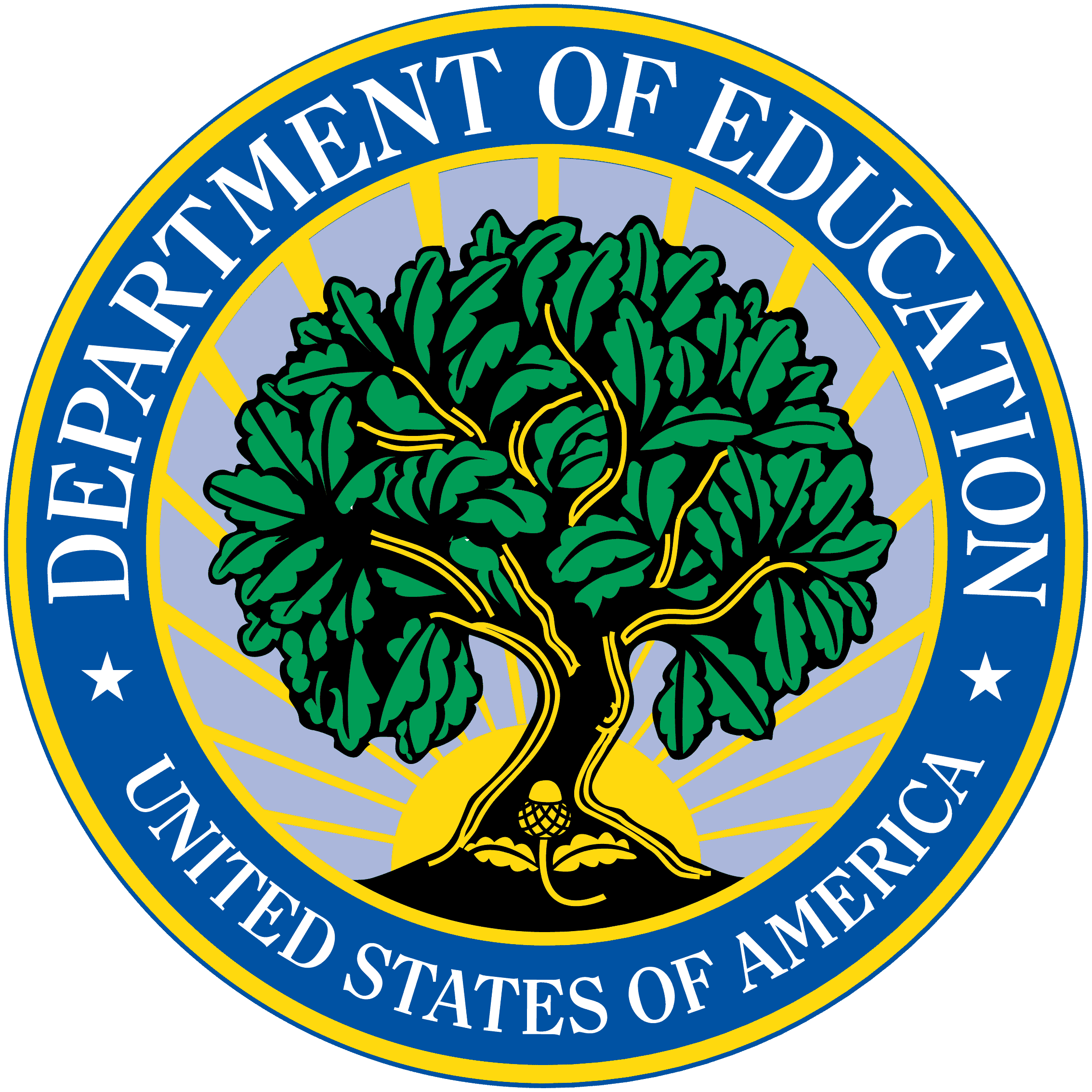About Title IX
Title IX of the Educational Amendments of 1972 protects people from discrimination on the basis of sex in education programs or activities that receive federal financial assistance.
Title IX requires educational institutions to operate in a nondiscriminatory manner and to provide students and employees with an environment safe from sexual harassment, including sexual violence. The Final Rule, which became effective on August 14, 2020, stipulates how recipients of educational federal funding must respond to reports of sexual harassment.
The scope of Title IX applies to all educational institutions receiving federal financial assistance as well as charter schools, for-profit schools, libraries, and museums. Title IX obligations apply to key areas of responsibility such as athletics, employment, financial assistance, recruitment, admissions, counseling, treatment of pregnant and parenting students, and single-sex education.
All students, faculty and staff are encouraged - and in some cases federally required - to receive annual Title IX training. Awareness programs, bystander intervention, ongoing prevention and awareness campaigns, primary prevention programs and risk reduction are important training themes.
Who Should Be Trained:
Key Focus Areas:
Title IX Coordinators
Investigators
Decision Makers
Hearing Officials
Mediators
Certain Administrators

Bystander Intervention
Prevention & Awareness
Dating Violence
Domestic Violence
Sexual Assault
Stalking
Title IX Terminology
To fully understand Title IX and how to make sure your campus is compliant, it’s important to make sure campus officials are well aware of the terminology used. Below are only a select few definitions that are outlined by Title IX training and terminology.
Sexual Assault - unwelcome conduct of a sexual nature or that is sex- or gender-based that is based on power differentials, results in the creation of a hostile environment or in retaliation.
Sexual Exploitation - an individual takes non-consensual or abusive sexual advantage of another for the taker's advantage or benefit, or to benefit or advantage anyone other than the one being exploited, and that does not otherwise constitute one of the other sexual misconduct offenses.
Non-consensual Sexual Contact - any intentional sexual touching, however slight, with any object, by a person upon another person, that is without consent and/or by force.
Sexual Assault or Violence - non-consensual sexual contact and non-consensual sexual intercourse. Sexual acts perpetrated against an individual's will or when an individual is incapable of giving consent.
Non-Consensual Sexual Intercourse - Any sexual intercourse, however slight, with any object, by a person upon another person, that is without consent and/or by force.
Consent - Permission that is clear, knowing, voluntary, and expressed prior to engaging in and during an act. Consent is active, not passive. Silence, in and of itself, cannot be interpreted as consent.
Title IX Training Concepts
Title IX concepts include the federal definition of sexual harassment, the scope of application to the school’s education programs or activities, and the grievance process including investigations, hearings, appeals, and informal resolution, among other topics.
Sexual harassment means conduct on the basis of sex that satisfies one or more of the following:
- An employee of the federal funding recipient school conditioning the provision of an aid, benefit, or service of the recipient on an individual’s participation in unwelcome sexual conduct, also known as Quid Pro Quo;
- Unwelcome conduct determined by a reasonable person to be so severe, pervasive, and objectively offensive that it effectively denies a person equal access to the recipient’s education program or activity; or
- Sexual assault, dating violence, domestic violence, and stalking. Sexual assault, an offense classified as a forcible or non-forcible sex offense, is any sexual act directed against another person, without the consent of the victim, including instances where the victim is incapable of giving consent. This definition includes fondling, incest and statutory rape.
What does this mean?
- Actual knowledge means notice of sexual harassment or allegations of sexual harassment to a recipient’s Title IX Coordinator or any official of the recipient who has authority to institute corrective measures on behalf of the recipient.
- Education program or activity includes locations, events, or circumstances over which the recipient exercised substantial control over both the respondent and the context in which the sexual harassment occurs, and also includes any building owned or controlled by a student organization that is officially recognized by a postsecondary institution. The federal obligation would exclude non-affiliated respondents and off-campus locations over which the school has no control.
- Against a person in the United States includes international students studying in the U.S. however it excludes regulation over study abroad programs in other countries.
- Deliberately indifferent is when a school’s response to sexual harassment is clearly unreasonable in light of the known circumstances.
Each institution must designate at least one Title IX Coordinator to oversee to its obligations under the law. The Title IX Coordinator must offer supportive measures of non-disciplinary, non-punitive individualized services as appropriate, as reasonably available and without fee or charge to the complainant or the respondent before or after the filing of a formal complaint or even when no formal complaint has been filed.
Supportive measures may include, for example, counseling, extensions of deadlines or other course-related adjustments, modifications of work or class schedules, campus escort services, mutual restrictions on contact between the parties, changes in work or housing locations, leaves of absence, increased security and monitoring of certain areas of the campus.
The Grievance Process for formal complaints of sexual harassment is more structured, with more requirements than was provided in previous guidance. Some features of the grievance process are that schools must:
- Apply all provisions, rules and practices equally to both parties.
- Afford an equal opportunity for the parties to present witnesses, including fact and expert witnesses.
- Provide a copy of the investigative report to the parties with an opportunity to submit a written response for consideration by the decision maker(s).
- Allow an advisor of choice, for each party, who may engage in cross examination of witnesses during a live hearing.
- Offer permissible bases for the parties to appeal the decision.
Title IX legislation requirements, as well as other federal regulations governing campus discrimination such as the Jeanne Clery Act, 2013 Reauthorization of the Violence Against Women Act, and the Campus Save Act, can be confusing.
The Title IX Final Rule alone is over 2000 pages of regulation and supplementary information. Importantly, the Final Rule obligations apply only to complaints of alleged incidents occurring on or after August 14, 2020; complaints of incidents prior to this date can be adjudicated under the institutions’ relevant prior policies and procedures in effect at the time of the incident.
Understandably, administrators are frequently overwhelmed by what is required for their school to be in compliance with OCR mandates. No longer will schools be allowed to selectively respond to OCR issued letters of guidance; schools are federally required to enforce the new Title IX regulations.
It is essential, now more than ever, to make an assessment and evaluate all of your institutions’ current Title IX training and resources.
The Role of The Office for Civil Rights (OCR)
The mission of the Office for Civil Rights is to ensure equal access to education and to promote educational excellence throughout the nation through vigorous enforcement of civil rights.
The Office for Civil Rights (OCR) enforces Title IX legislation that prohibits discrimination on the basis of sex in programs or activities that receive federal financial assistance from the Department of Education. OCR's core work is preventing, identifying, ending, and remedying discrimination against America's students.
The OCR is responsible for:
- Resolving complaints of discrimination.
- Compliance reviews for educational institutions.
- Technical assistance to help institutions achieve voluntary compliance.
- Developing creative approaches to preventing and addressing discrimination.

Here’s How Vector Solutions Can Help

We provide a variety of powerful, evidence-based Title IX training that focuses on different aspects of Title IX, such as an employee’s obligations on campus. Each course provides definitions, responsibilities, strategies, and realistic scenarios, so your employees are fully aware of how to handle Title IX-related situations.




